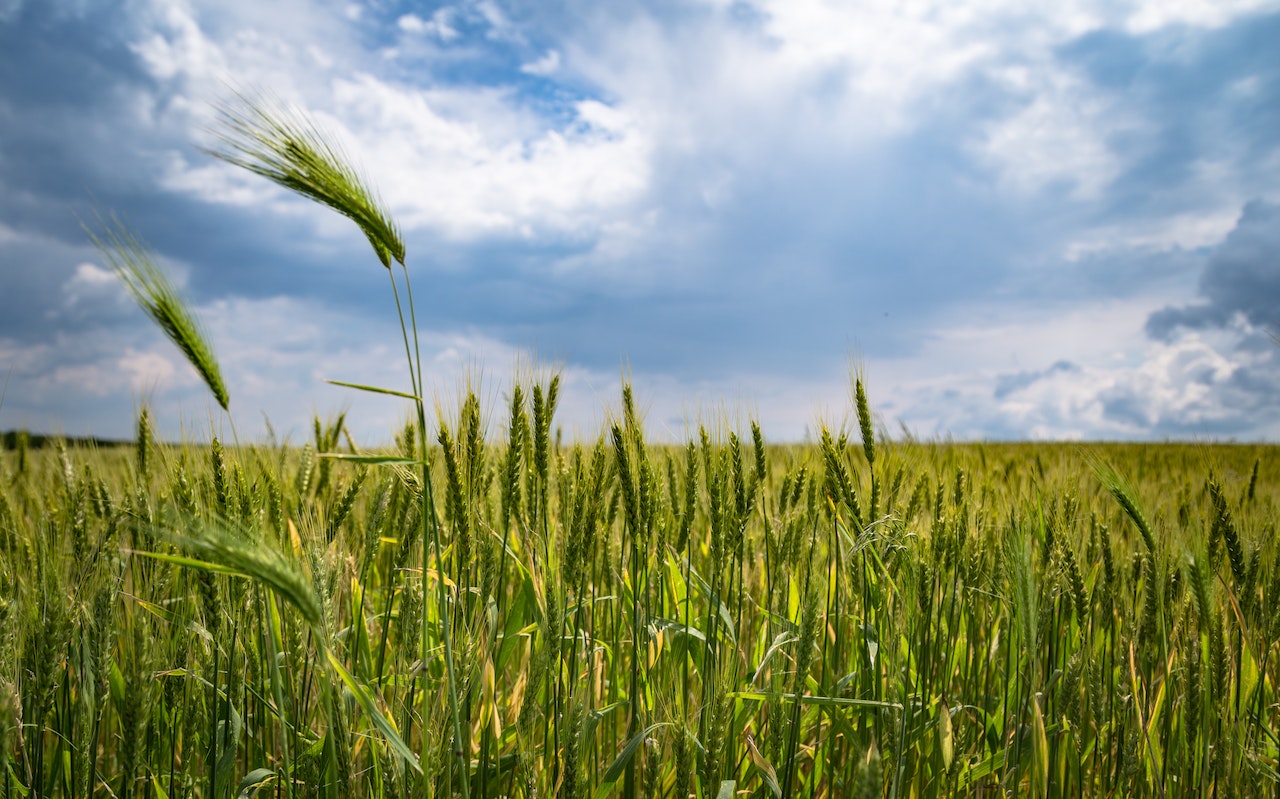
Wheat is a staple food crop, widely cultivated and consumed across the world. Its production and pricing have a significant impact on the agricultural sector, with a particular focus on the importing and exporting countries. In this report, we analyze the current state of wheat production and pricing, with a focus on Zambia’s wheat production.
Wheat Pricing Wheat closed off the month of February trading at $570 per ton, which is a 4% improvement for the same period in 2022. However, the price has remained unchanged from the previous month. This consistency in pricing is a point of relief for farmers who depend on the income from wheat production. Over the past two years, prices have been trading above $500 per ton, indicating a structural deficit in production. Despite the good pricing, the key consideration outside water is the increase in the cost of production, stemming from an increase in the cost of fertilizer and chemicals.
Wheat Production in Zambia Zambia carries a production deficit of 100k MT, which has led to the government allowing for limited import quota annually between April and October to shore-up local stocks during the off-season. Wheat cultivation in Zambia is dependent on irrigation, and the crop’s production is affected by the availability of water. The 2022-2023 season has shown good distribution, with some areas receiving higher than expected rainfall, leading to prospects for a good planting season ahead.
Outlook on Wheat Production and Pricing The availability of water is a prerequisite for a good wheat crop, and the 2022-2023 season has shown a positive outlook in terms of rainfall distribution. However, the increase in the cost of production due to a rise in fertilizer and chemical costs is a significant concern for farmers. Moreover, a depreciating currency, such as the kwacha in Zambia, has a direct impact on the cost of inputs for production, and farmers face uncertainty in this regard. Since fertilizer and chemicals are imported, a weak local currency translates into higher input costs for farmers.
In conclusion, the wheat market is a vital aspect of the agricultural sector, and its production and pricing impact many countries worldwide. Despite the consistent pricing of wheat, farmers still face challenges, such as rising input costs and currency depreciation. Therefore, governments need to take necessary measures to support farmers and improve wheat production. The 2022-2023 season shows promise, but the challenges of rising costs and currency depreciation need to be monitored to ensure the sustainability of wheat production.
Resources:
FNB Zambia Agribusiness Report


















